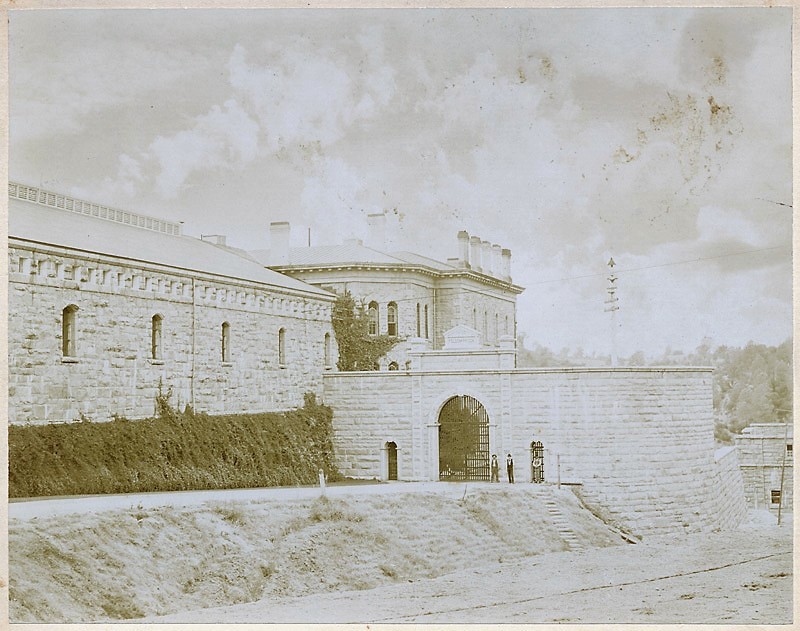Thanks to the 1893 parole law, those serving sentences in California’s two prisons were given an incentive to be on their best behavior: release. The new law marked a turning point for the state correctional system, created by the state’s first female attorney.
Parole law crafted by state’s first female attorney
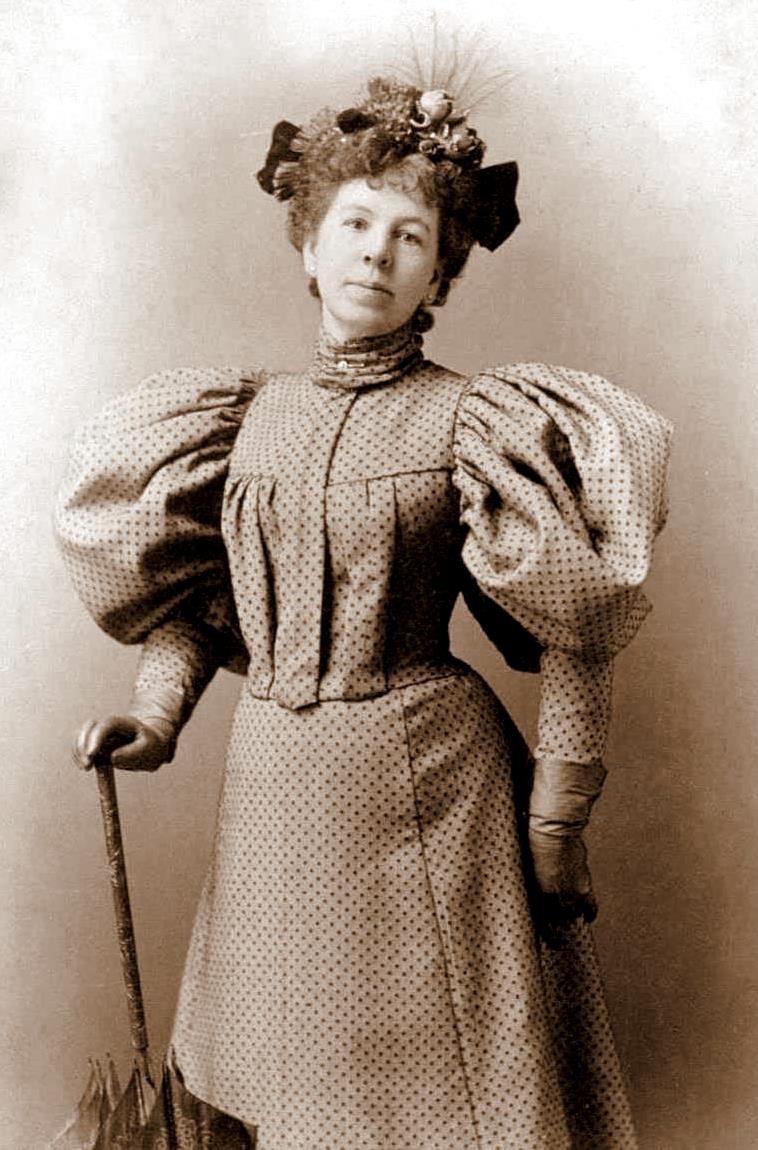
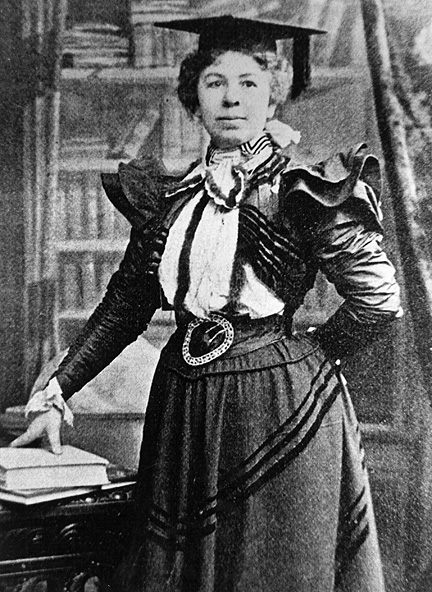
A pioneer in every sense of the word, as well as an agent of change, was Clara Shortridge Foltz.
The first woman to pass the state bar, she later sued for the right to attend California’s first law school. Foltz held the title of many “firsts” in California.
She was the first woman to:
- serve as a legislative counsel
- prosecute a murder case
- serve as a deputy district attorney
- serve as a district attorney
- hold state office.
Lastly, at the age of 81, she became the first woman to run for governor of California in 1930.
She is credited with creating the public defender role as well as the parole system.
In 1891, there was a push to create a system for releasing inmates back into their communities with some skills so they could transition into law abiding citizens. An editorial in the Sacramento Daily Union called for passing a parole bill introduced by Senator Frank McGowan and Assemblyman Nestor Young, but authored by Foltz.
The San Francisco Call clearly credited Foltz with crafting the bill.
“The bill, drawn up by Foltz, (aims to) reform prisoners, give them an opportunity, (while reducing) (prison) expenses. Under the proposed law, the prisoners paroled would be under the control and supervision of the boards (but would) be returned to prison if they violate (conditions). If they leave the State, they (will be considered) escapees and returned to prison,” the paper reported.
The bill finally became law with Governor Markham’s signature in March 1893.
What was life like in the 1890s?
Headlines in 1893 varied from determining the boundaries of Alaska and possibly annexing Hawaii. Canada also sought independence from Great Britain.
A 10-room home in Los Angeles sold for $6,500. A chicken ranch and six-room house with a barn, corrals and fencing sold for $1,650. If buying a home was too pricey, one could rent half of a duplex with four rooms, bath and pantry for $8 per month.
Foltz and those pushing for women’s suffrage lived in a time when women were thought too delicate to handle working life. An advertisement for a “vegetable compound” promised to fix a woman’s “displaced womb” caused by too much standing and the stress of working. A woman’s “outing” suit sold for $6.50.
The first people paroled in California
Four people were granted parole in December 1893, two each from Folsom and San Quentin.
“(The) parole law was exercised yesterday at San Quentin for the first time by the State Board of Prison Directors,” reported The San Francisco Morning Call, December 10, 1893.
The first was forger Henry Haas, convicted in 1892. The other was James Capell, sentenced to five years in 1891 for killing Saul Harmon.
Meanwhile, Folsom granted parole to Pitt River Native American Chief Charles Turner. Convicted of killing the tribe’s medicine man, Turner was sentenced to 10 years. Thomas Garity, sentenced to six years, was the fourth paroled person in California.
According to the newspaper, the board sparingly used the parole authority.
“The Directors, of whom there was a full board present yesterday at San Quentin, showed a disposition to be very conservative in granting the parole privilege,” the paper reported. “Several applications were denied.”
By Don Chaddock, Inside CDCR editor
Historic photos compiled by Eric Owens, CDCR Staff Photographer
Learn more about California prison history.
Follow CDCR on YouTube, Facebook, X (formerly Twitter). Listen to the CDCR Unlocked podcast.
More Unlocking History
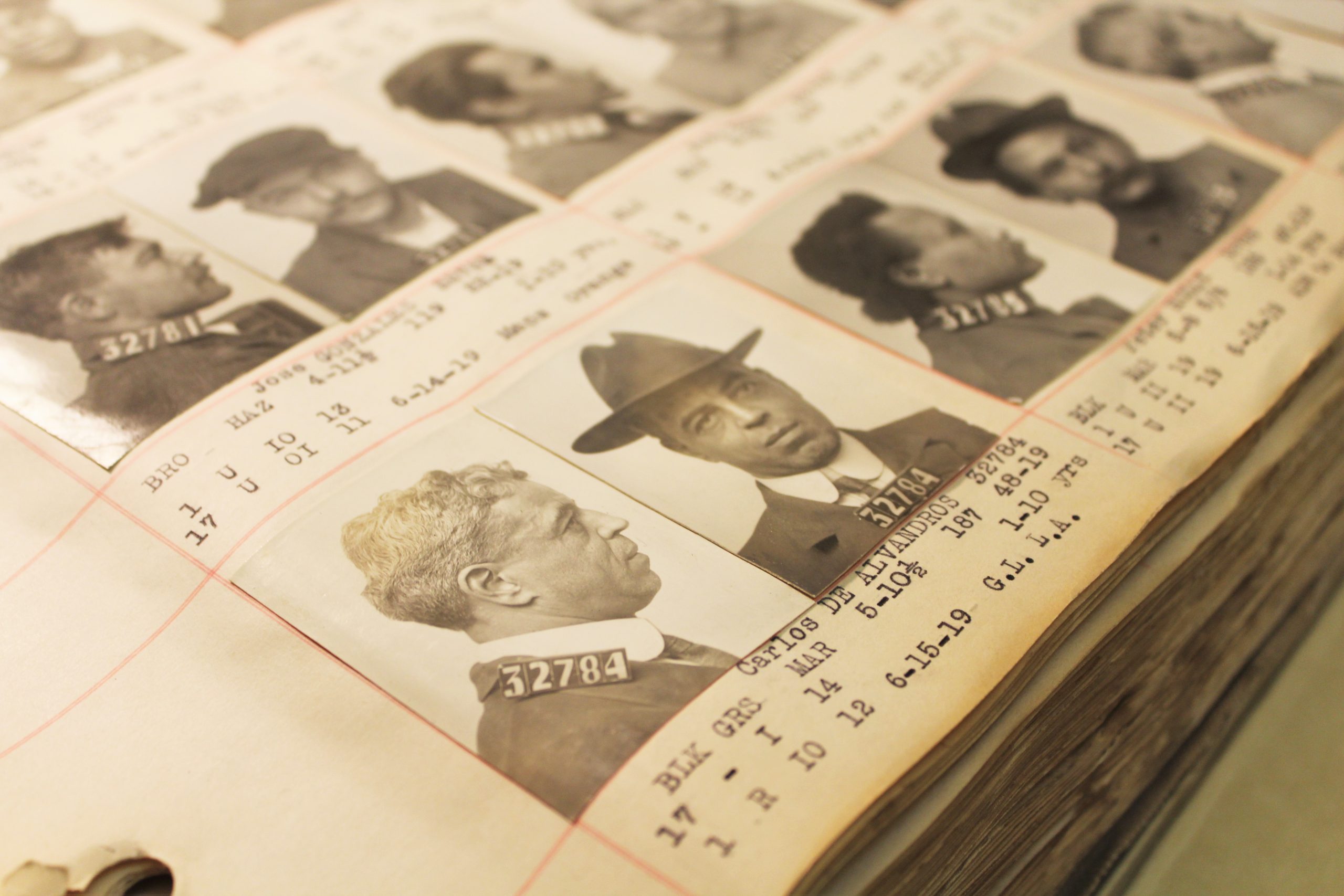
San Quentin and the case of the clairvoyant crime ring
A tale of confidence men, swindlers, and a clairvoyant crime ring are part of the historical fabric of San Quentin. One early 1900s case involved clairvoyants, fraudulent sales of radium mining stock, and tall tales told by a smooth-talking mystic.
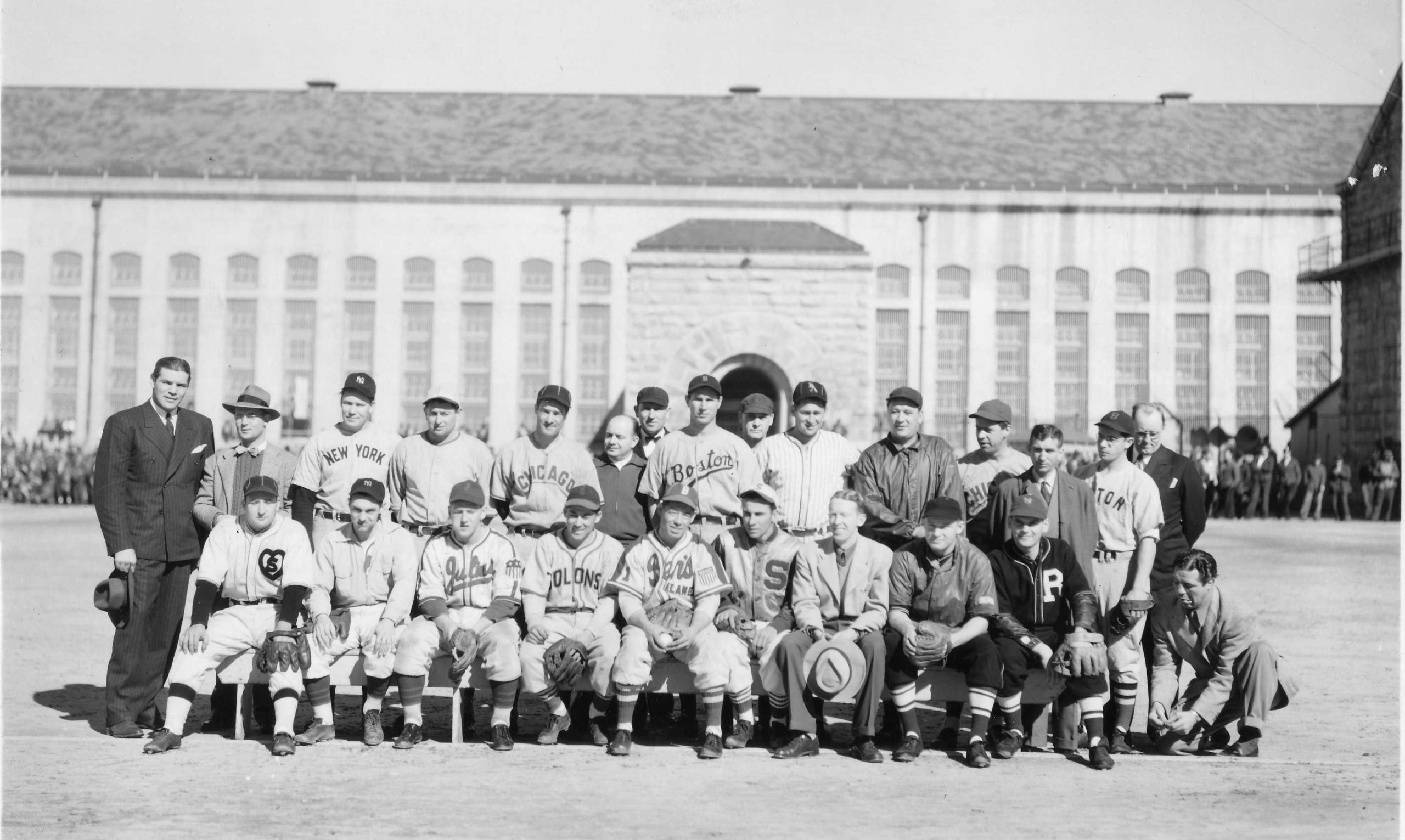
California prisons have long celebrated Easter
Celebratory events marking Easter have long played a rehabilitative role in California prisons to help reentry efforts.
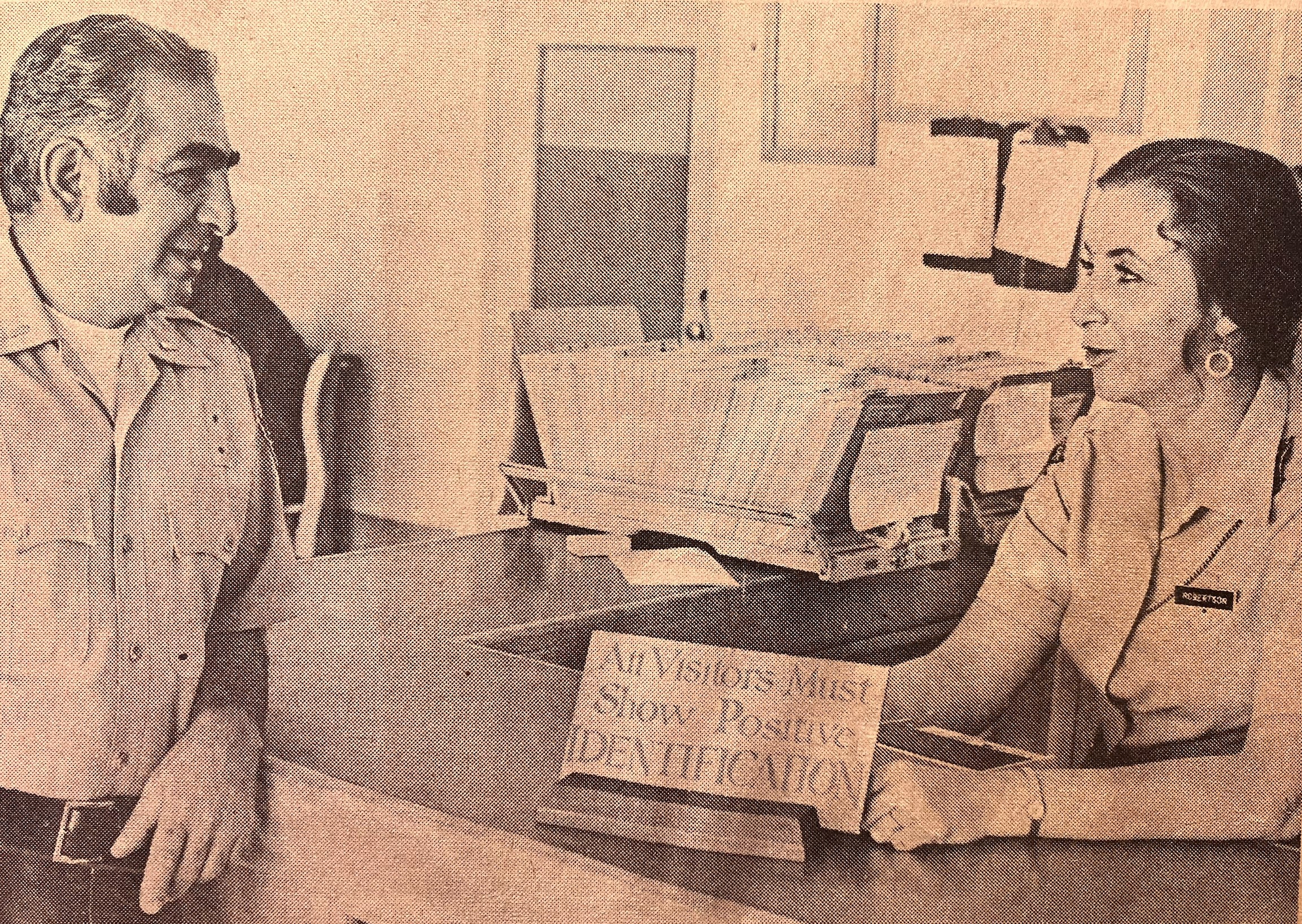
1973: DVI’s first female officer reports for duty
On June 4, 1973, Trella Robertson was hired as the first female correctional officer at Deuel Vocational Institution (DVI) in Tracy.
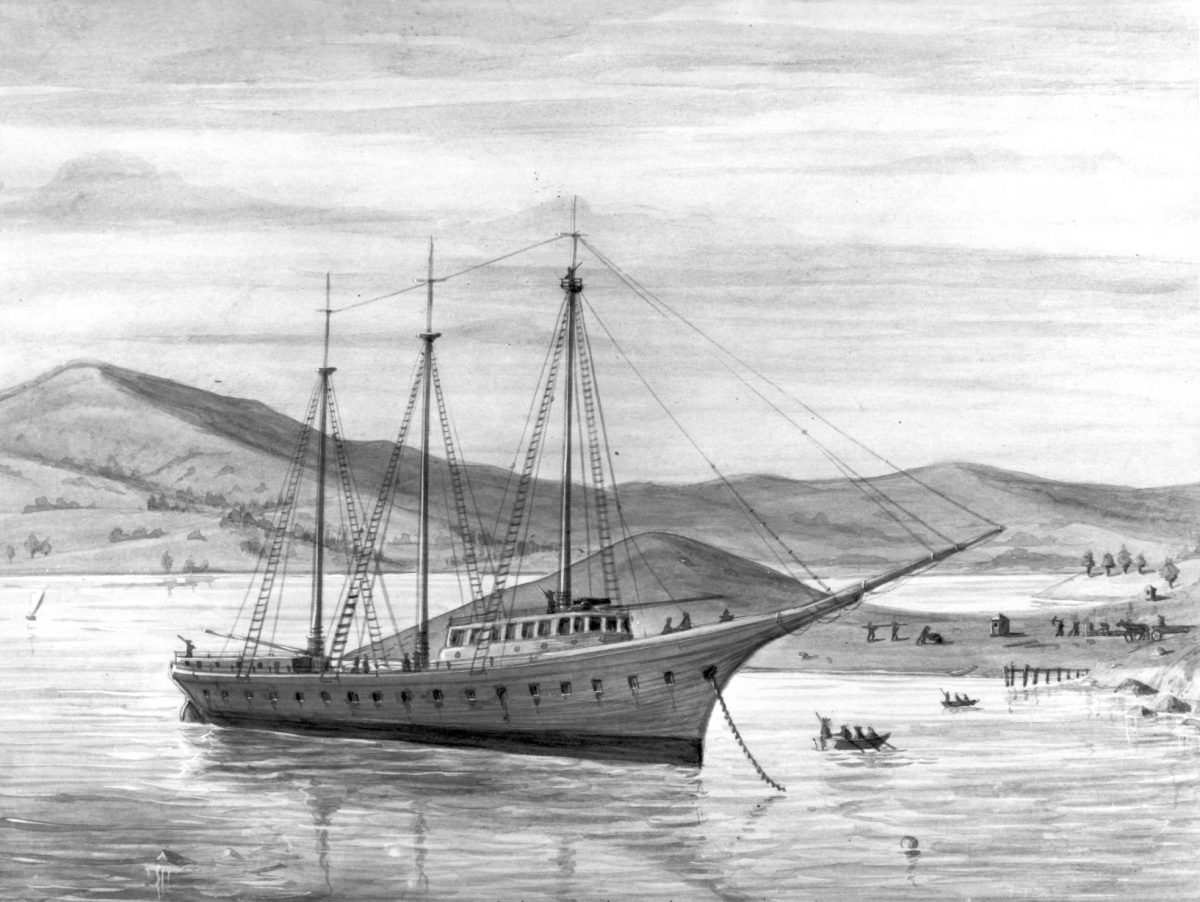
San Quentin evolution through the years
San Quentin Rehabilitation Center was California’s first institution to incarcerate those who’ve been convicted of breaking laws.
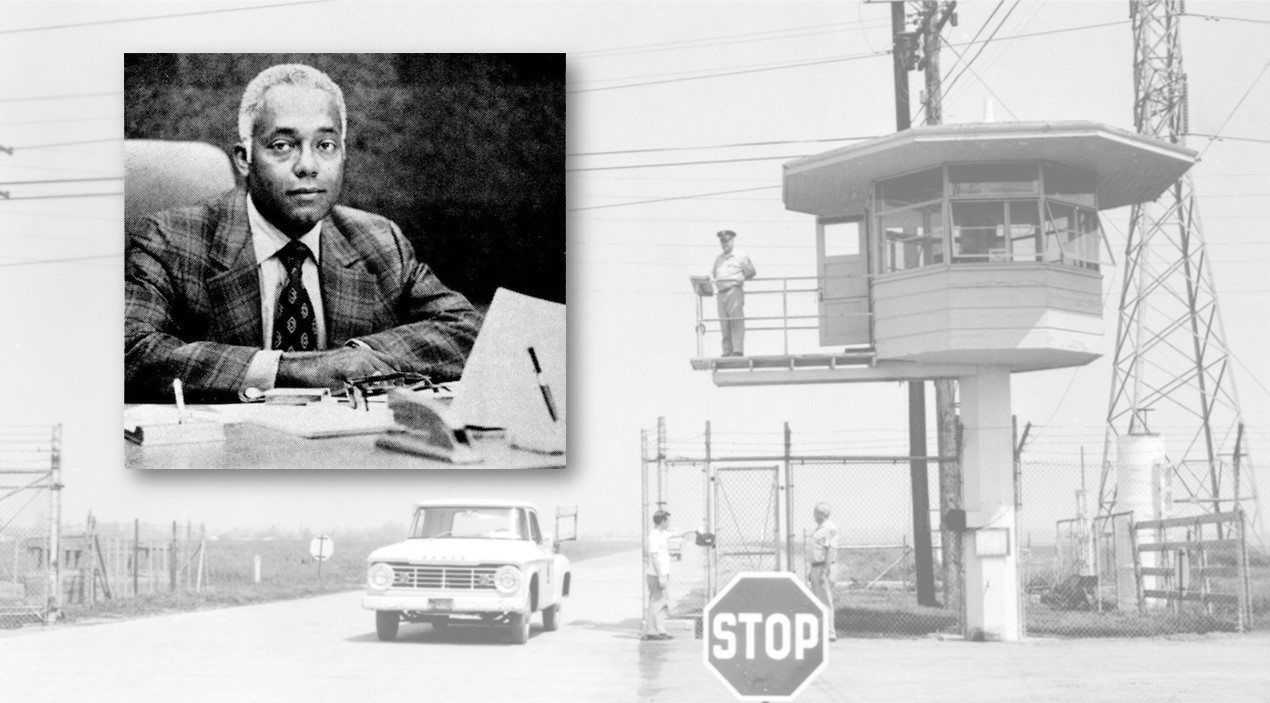
1971: Griggs was first black warden
In honor of Black History Month, Inside CDCR looks at the career of California’s first black parole administrator and prison warden: Bertram Griggs.
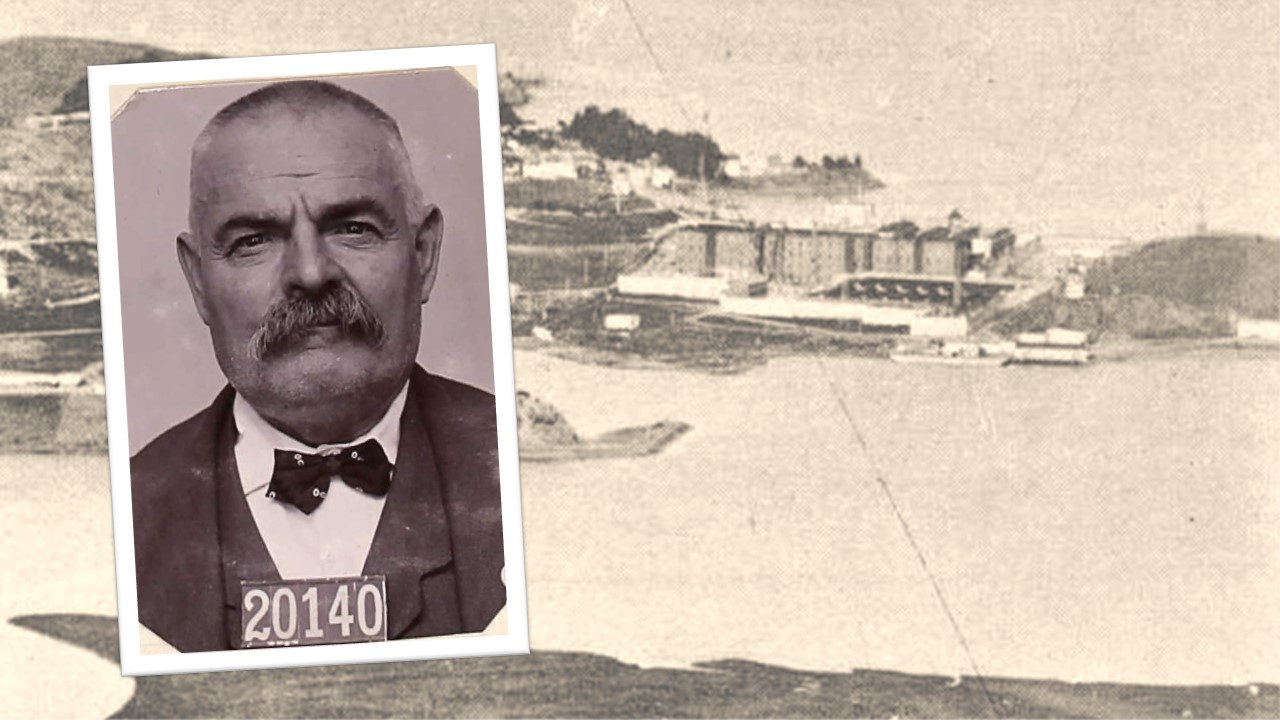
Seppi family seeks 1903 San Quentin details
Descendants of Frank Seppi, incarcerated at San Quentin State Prison in 1903, recently contacted the prison museum to learn more details.
